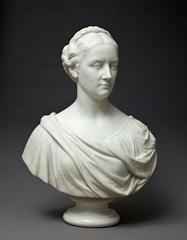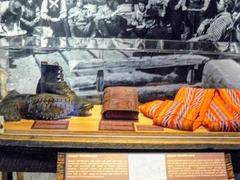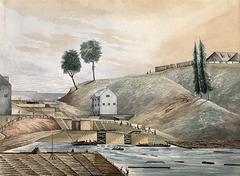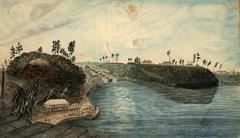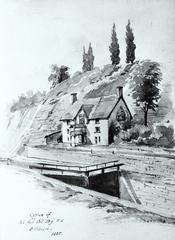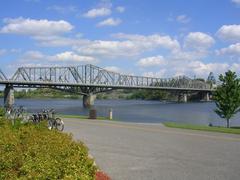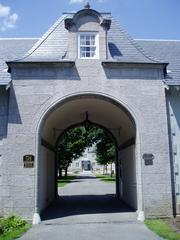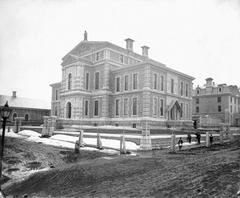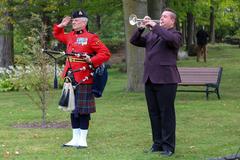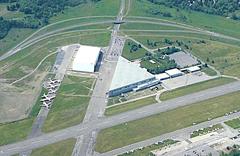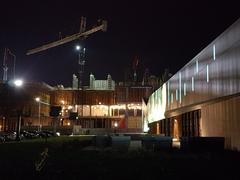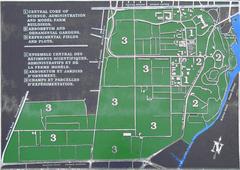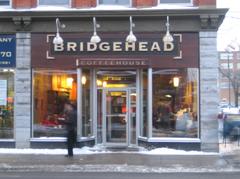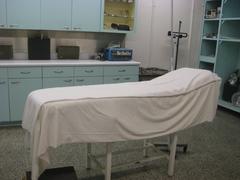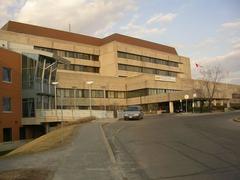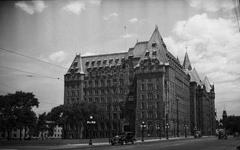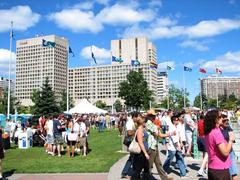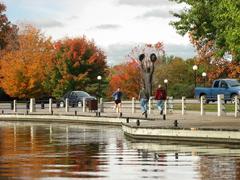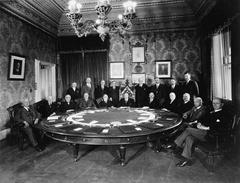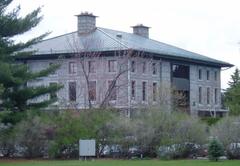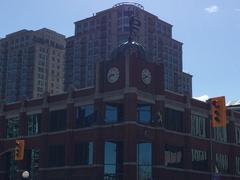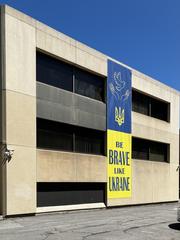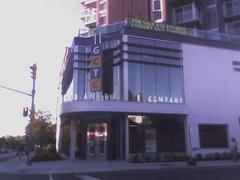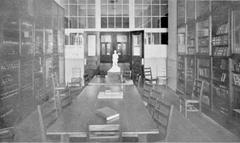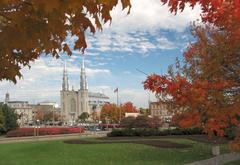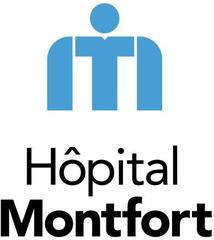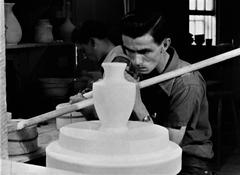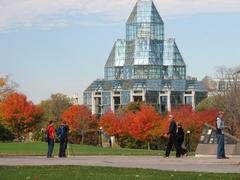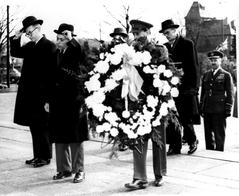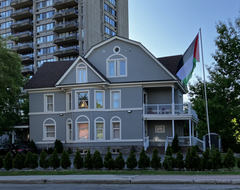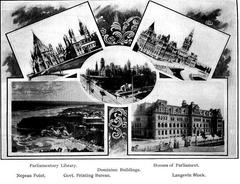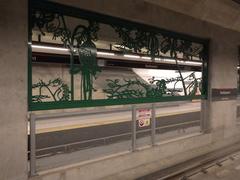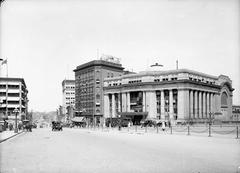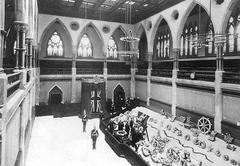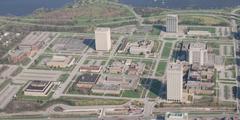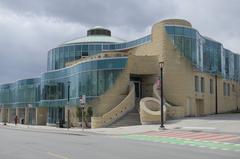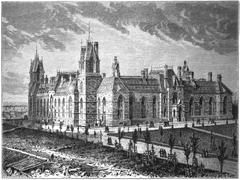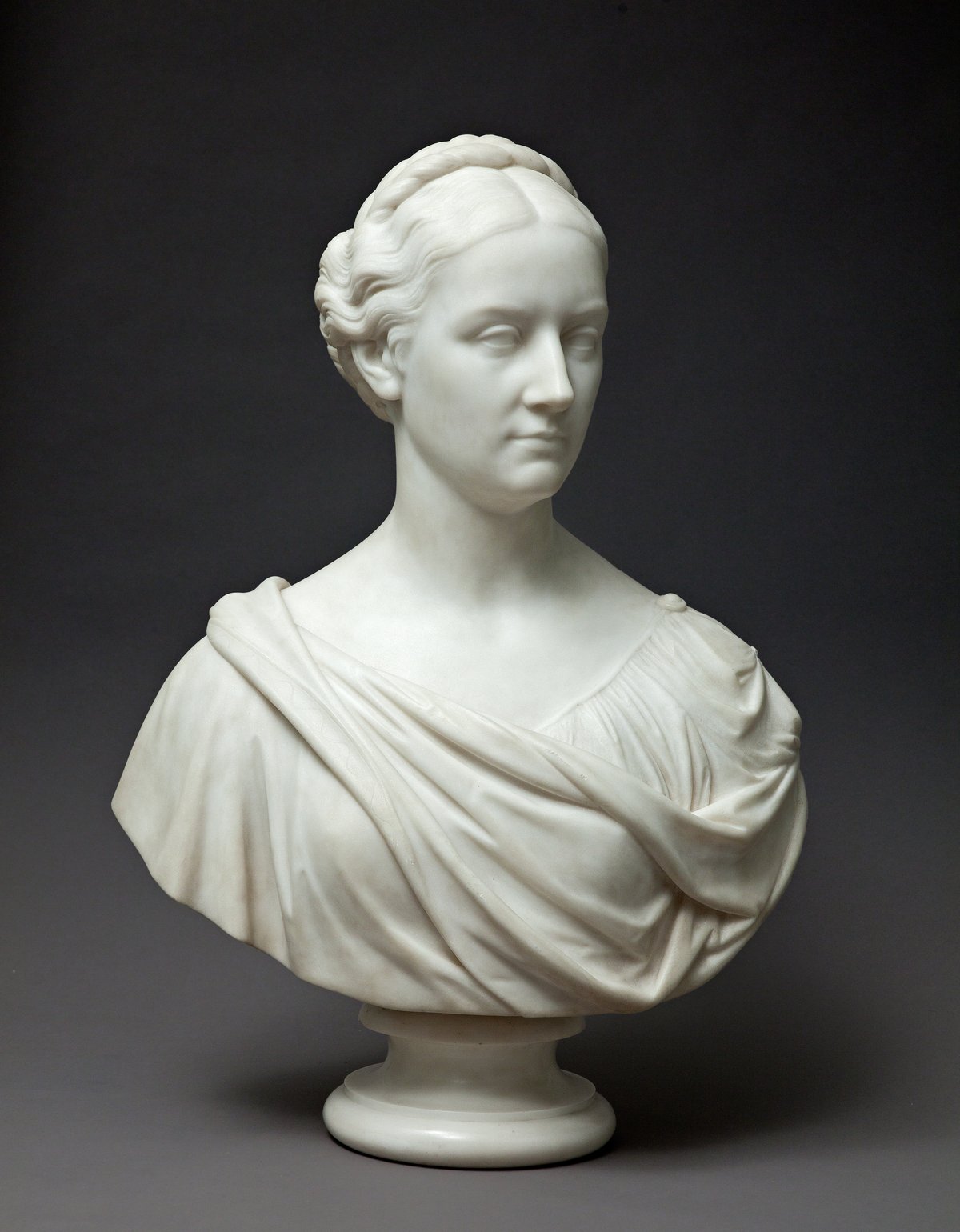
Comprehensive Guide to Visiting Bytown Museum, Ottawa, Canada
Date: 19/07/2024
Introduction
Nestled in the heart of Ottawa, Canada, the Bytown Museum offers an enriching journey through the city’s rich history. Located in the oldest stone building in Ottawa, the museum not only showcases the city’s heritage but also serves as a pivotal educational and cultural institution. Whether you’re a history enthusiast or a casual visitor, the Bytown Museum is a must-see destination that provides a comprehensive look at Ottawa’s past. The museum is strategically situated at the Ottawa Locks of the Rideau Canal, a UNESCO World Heritage Site, underscoring its historical significance (UNESCO). The building housing the museum, the Commissariat Building, was constructed in 1827 by Lieutenant Colonel John By and originally served as a storehouse and treasury for the canal’s construction. Today, the museum boasts over 7,000 artifacts, including historical documents, photographs, personal items, and tools used by early settlers, offering a tangible link to the past (Bytown Museum).
Contents
- Introduction
- Origins and Early History
- Transition to a Museum
- Architectural Significance
- Key Exhibits and Collections
- The Rideau Canal Exhibit
- Early Bytown
- Confederation and Capital
- Visitor Information
- Visiting Hours and Tickets
- Travel Tips and Nearby Attractions
- Educational Programs and Community Engagement
- Preservation and Conservation Efforts
- Visitor Experience
- Future Developments
- Conclusion
- FAQs
Discover the Bytown Museum - History, Visiting Hours, and More
Origins and Early History
The Bytown Museum is housed in the Commissariat Building, constructed in 1827 by Lieutenant Colonel John By. Initially, it served as a storehouse and treasury for the construction of the Rideau Canal, which was built between 1826 and 1832 to ensure a secure supply route between Montreal and Kingston. The building’s location at the foot of the canal locks made it crucial to this monumental engineering project (Parks Canada).
Transition to a Museum
In 1917, the Women’s Canadian Historical Society of Ottawa (WCHSO) transformed the Commissariat Building into the Bytown Museum. Officially opened in the same year, the museum preserves artifacts and exhibits that chronicle the evolution of Bytown (Ottawa’s original name) into Canada’s capital city. Today, the museum boasts over 7,000 artifacts, including historical documents, photographs, personal items, and tools used by early settlers (Bytown Museum).
Architectural Significance
The Commissariat Building is an exemplary model of early 19th-century Georgian architecture. Its robust stone construction, symmetrical design, and functional layout are reflective of the practical needs of the era. The building’s preservation as a museum underscores the importance of maintaining historical structures as tangible links to our past. Designated a National Historic Site of Canada, the building holds significant architectural and historical value (Historic Places).
Key Exhibits and Collections
The Bytown Museum’s exhibits provide a comprehensive overview of Ottawa’s history. Key exhibits include:
-
The Rideau Canal Exhibit: This exhibit explores the construction and significance of the Rideau Canal, featuring original tools, maps, and documents. It highlights the challenges faced by workers, many of whom were Irish immigrants, and the canal’s impact on regional development (Rideau Canal World Heritage Site).
-
Early Bytown: Focused on the early days of Bytown, this section delves into the lives of its diverse inhabitants, including Indigenous peoples, French and English settlers. Artifacts such as clothing, household items, and personal belongings offer a glimpse into 19th-century daily life (Bytown Museum).
-
Confederation and Capital: This exhibit examines Ottawa’s selection as Canada’s capital in 1857 and its subsequent growth. Documents, photographs, and artifacts highlight key events such as the construction of Parliament Hill and Ottawa’s role in national politics (Library and Archives Canada).
Visitor Information
Visiting Hours and Tickets
- Hours: The Bytown Museum is open from Tuesday to Sunday, 10 AM to 5 PM. It is closed on Mondays and selected public holidays.
- Tickets: General admission is $8 for adults, $6 for seniors and students, and $4 for children aged 5-12. Children under 5 enter for free.
- Special Events and Tours: The museum offers guided tours and hosts special events throughout the year. Check the Bytown Museum Events page for the latest updates.
Travel Tips and Nearby Attractions
- Accessibility: The museum is wheelchair accessible, with ramps and elevators available for ease of movement.
- Nearby Attractions: Located near Parliament Hill, the National Gallery of Canada, and the Rideau Canal, the museum is conveniently situated for a full day of exploring Ottawa’s key historical sites (Ottawa Tourism).
- Photography: Visitors are encouraged to take photographs, especially of the scenic views along the Rideau Canal.
Educational Programs and Community Engagement
The Bytown Museum offers a variety of educational programs, including guided tours, workshops, and interactive activities designed to enhance understanding of Ottawa’s history. The museum also hosts special lectures and temporary exhibits, exploring various aspects of local and national history (Bytown Museum Education).
Preservation and Conservation Efforts
Preserving the extensive collection is a top priority for the Bytown Museum. Modern conservation techniques, such as climate-controlled storage and careful handling of delicate items, are employed to ensure the longevity of artifacts. The museum collaborates with other institutions and experts to stay updated on best practices in conservation (Canadian Conservation Institute).
Visitor Experience
Visitors can expect an immersive and informative experience at the Bytown Museum. Its picturesque location along the Rideau Canal offers stunning views and a unique historical context. Interactive exhibits, knowledgeable staff, and well-designed displays make the museum accessible and engaging for all ages. The museum’s proximity to other key attractions in Ottawa further enhances its appeal (Ottawa Tourism).
Future Developments
The Bytown Museum continues to evolve, with plans for future developments aimed at enhancing the visitor experience and expanding its educational outreach. Upcoming projects include digitizing the museum’s collection, developing new exhibits, and implementing innovative technologies for interactive displays. These efforts underscore the museum’s commitment to preserving and sharing Ottawa’s rich history with future generations (Bytown Museum Future Plans).
Conclusion
In summary, the Bytown Museum stands as a testament to Ottawa’s historical and cultural heritage. Its comprehensive exhibits, educational programs, and preservation efforts make it a vital institution for both locals and visitors seeking to understand the city’s past. Don’t miss the chance to explore this treasure trove of history and heritage.
FAQs
-
What are the Bytown Museum’s opening hours? The Bytown Museum is open from Tuesday to Sunday, 10 AM to 5 PM. It is closed on Mondays and selected public holidays.
-
How much are tickets to the Bytown Museum? General admission is $8 for adults, $6 for seniors and students, and $4 for children aged 5-12. Children under 5 enter for free.
-
Is the Bytown Museum accessible? Yes, the museum is wheelchair accessible with ramps and elevators available.
-
Are there guided tours available at the Bytown Museum? Yes, the museum offers guided tours. Check the museum’s website for the latest schedules and booking information.
-
What are some nearby attractions? The Bytown Museum is located near Parliament Hill, the National Gallery of Canada, and the Rideau Canal.
References
- Bytown Museum. (n.d.). Retrieved from https://bytownmuseum.com
- Parks Canada. (n.d.). Rideau Canal. Retrieved from https://www.pc.gc.ca/en/lhn-nhs/on/rideau
- Historic Places. (n.d.). Commissariat Building. Retrieved from https://www.historicplaces.ca/en/rep-reg/place-lieu.aspx?id=7610
- UNESCO. (n.d.). Rideau Canal. Retrieved from https://whc.unesco.org/en/list/1221
- Library and Archives Canada. (n.d.). Ottawa as the Capital. Retrieved from https://www.bac-lac.gc.ca/eng/discover/politics-government/building-capital/Pages/ottawa-capital.aspx
- Canadian Conservation Institute. (n.d.). Retrieved from https://www.canada.ca/en/conservation-institute.html
- Ottawa Tourism. (n.d.). Retrieved from https://www.ottawatourism.ca
